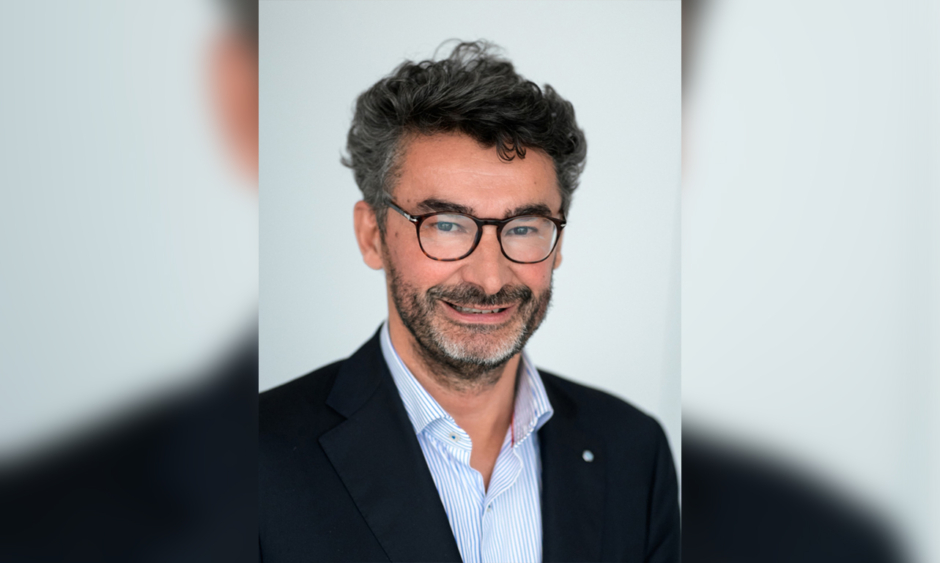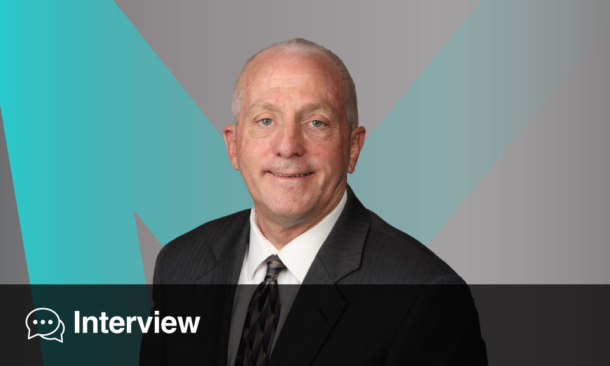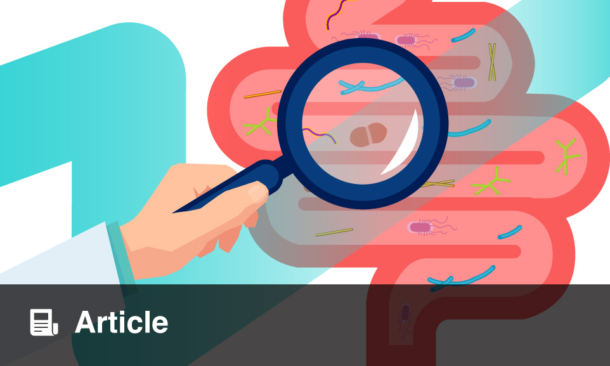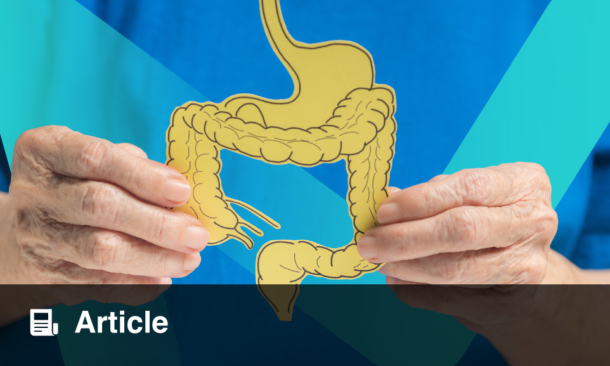Prof Laurent Castera | Department of Hepatology, Beaujon Hospital, University of Paris, Clichy, France UEG Council Liver Representative
![]()
You are currently the UEG Council Liver Representative. Please could you tell us about your duties in this role and any key projects that are associated?
As a founding member of UEG, the European Association for the Study of the Liver (EASL) has a liver representative within the council. My role is to ensure communication and crosstalk between the two societies and that the liver, an important player in digestive diseases, is represented in the different aspects of UEG activities, including education, research, and patient care. As an example, a partnership has been established between EASL and UEG for lobbying for digestive health with one unified voice at the European Parliament in Brussels, Belgium.
Noninvasive methods for liver fibrosis assessment is one of your research interests. What is it about this area that interests you most?
The implementation of noninvasive tests for liver fibrosis assessment has been one of the major advancements in hepatology over the last decade. Their use has really changed the practice of hepatology worldwide, leading to a dramatic decrease in the number of liver biopsies performed, especially for viral hepatitis. I had the privilege of chairing the first international guidelines (EASL-Latin American Association for the Study of the Liver [ALEH] Clinical Practice Guidelines on the use of noninvasive tests), which were published 5 years ago, and that will be updated next year. The focus is now on the follow-up of cured hepatitis C virus patients with cirrhosis and, most importantly, on the detection of advanced fibrosis in patients with nonalcoholic fatty liver disease (NAFLD).
You recently published the article ‘Non-invasive tests for liver fibrosis in NAFLD: creating pathways between primary healthcare and liver clinics’. What are the main take-away messages from this?
NAFLD is now becoming the leading cause of chronic liver disease worldwide, affecting approximately 20–30% of the general population. The main challenge in clinical practice is the identification of patients with NAFLD with advanced liver fibrosis or cirrhosis, who are at the greatest risk of developing complications and should thus be referred to a specialist. Liver biopsies are unrealistic for this purpose because of the high number of NAFLD patients, most of them being seen in primary care. The current situation is that <10% of NAFLD patients are referred to a specialist.
We need to increase the awareness of general practitioners: if risk factors such as diabetes, obesity, hypertension, and hypercholesterolemia are present, the probability of having NAFLD is very high (80–90%). NAFLD can be confirmed by simple liver tests (elevated transaminases) and steatosis on ultrasound. The most promising strategy to stratify patients with NAFLD who should be referred to a specialist is the sequential use of noninvasive tests, serum tests such as FIB-4 (age, transaminases, and platelet count), followed by the measurement of liver stiffness using elastography.
Finally, establishing pathways between primary care and liver clinics to create a better linkage to care of NAFLD patients will be a critical challenge in the coming years.
You are involved in The LiverScreen Project and gave a presentation on this at the UEG Week Virtual 2020. Could you tell our readers about the project and what has been learnt from this so far?
As you know, chronic liver diseases are silent killers as they evolve over several decades without any symptoms and are responsible for approximately 2 million deaths each year. Once you reach the stage of cirrhosis, it is usually too late and most of the patients are diagnosed at the stage of decompensated cirrhosis. The objective of the LiverScreen Project is to devise and evaluate a screening strategy for detecting chronic liver diseases early enough to take action. The strategy is simple, using transient elastography, a point-of-care noninvasive test, to detect fibrosis. We are aiming to enrol 30,000 subjects from the general population across eight European countries. So far, around 9,000 subjects have already been screened. This project is led by the LiverScreen consortium and has received Horizon 2020 funding.
With artificial intelligence encompassing many fields of medicine, do you see it being adopted in your area of research?
Very likely! Artificial intelligence is already a part of our everyday life. It is really going to change the field of medicine as well, not only in radiology or pathology but in all aspects of medicine. For instance, if you want to design a study at a population level in NAFLD, risk factors are well known and artificial intelligence could be applied to design new algorithms for detecting people at risk and aid in increasing awareness. So yes, I am pretty convinced that in the next coming years it will be an important factor.
The Nobel Prize in Physiology or Medicine this year was awarded to the scientists who identified the hepatitis C virus. How has the research of those scientists shaped the field of hepatology today?
Profs Harvey Alter, Michael Houghton, and Charles Rice have been awarded the Nobel Prize for the discovery of the hepatitis C virus, a bloodborne virus affecting more than 70 million persons worldwide and causing 400,000 deaths per year from cirrhosis and liver cancer. This award has been long expected and is a great recognition for our community. The irony is that none of these great scientists are hepatologists. Prof Alter was a transfusionist at the National Institute of Health (NIH) and Prof Houghton and Prof Rice are virologists. The first step was the identification in the 1970s of “non-A, non-B” hepatitis in recipients of blood transfusions by Prof Alter, who was also involved in the discovery of the hepatitis B virus with Dr Baruch Blumberg, another Nobel prize recipient. The second step was the discovery of the virus in 1989, by Prof Houghton, through intensive sequencing for 6 years using novel molecular biology techniques. The last step was the development by Prof Rice of in vitro and in vivo study models, allowing for better understanding of the virus biology and, most importantly, the identification of therapeutic targets, paving the way for designing effective drugs. Today, direct acting antivirals are able to achieve cure in 99% of patients whereas 30 years ago interferon could cure <10%. Finally, the World Health Organization (WHO) is aiming for global hepatitis C virus elimination by 2030.
The discovery of hepatitis C virus is quite unique, not only because it is a story of incredible persistence, creativity, and fruitful collaboration, but also because it took less than 40 years from the discovery to the cure of hepatitis C virus and this is quite unprecedented.








